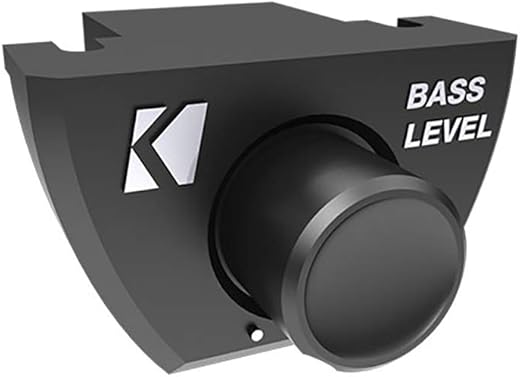







Understanding Subwoofer Control: The Key to a Thrilling Audio Experience
Are you an audiophile struggling to achieve that perfect sound in your home theater or music setup? If you’ve ever felt your subwoofer was either too boomy or too muted, you’re not alone. Subwoofer control is a crucial aspect of audio setup that can make or break your listening experience. In this article, we’ll dive into the ins and outs of subwoofer control, helping you understand how to get the most out of your bass system.
What Is Subwoofer Control?
Subwoofer control refers to the ability to adjust and fine-tune the performance of your subwoofer. It encompasses various settings and configurations, including volume, phase, crossover frequency, and placement. Think of your subwoofer as a musical instrument. Just like a pianist adjusts the tension of the strings to create the perfect sound, you must fine-tune your subwoofer to harmonize with the rest of your audio setup.
The Importance of Subwoofer Placement
Before diving into technical settings, let’s talk about placement. Where you place your subwoofer can significantly impact sound quality. Ideally, you want it to be in a spot that maximizes bass response. Experiment with different locations; often, corners can amplify bass, but they can also lead to overpowering thuds. A good rule of thumb is to use the “subwoofer crawl” method. Place your subwoofer in your listening position and crawl around the room to find the spot where the bass sounds best. Once you’ve identified that sweet spot, set your subwoofer there.
Volume Control: Striking the Right Balance
Volume control is perhaps the most straightforward yet critical adjustment. Setting the volume too high can lead to distortion, while setting it too low may result in a lack of impact. A good starting point is to set your subwoofer’s volume to approximately one-third of its maximum level. From there, make adjustments while listening to various types of music or movie scenes. Remember, the goal is to achieve a balanced sound where the subwoofer complements the rest of the speakers without overpowering them.
Understanding Crossover Frequency
Crossover frequency is another vital aspect of subwoofer control. This setting determines the range of frequencies that your subwoofer will handle. If you set the crossover frequency too high, you risk having overlapping frequencies that can muddy the sound. Conversely, setting it too low might lead to a lack of bass presence. Generally, a good crossover setting for home theater systems is between 80 Hz and 120 Hz. However, this can vary based on your main speakers, so always trust your ears.
Phase Adjustment: Aligning Your Sound Waves
Phase adjustment is often overlooked but can dramatically enhance your audio experience. This setting helps align the sound waves from your subwoofer with your other speakers. If your subwoofer is out of phase, it may cancel out some frequencies, leading to weak bass response. Most subwoofers have a phase switch, typically set to 0 or 180 degrees. Testing both settings while listening to bass-heavy tracks can help you determine which configuration provides the best sound.
Room Acoustics: The Unsung Hero
While it’s easy to focus solely on your equipment, room acoustics play a significant role in sound quality. Hard surfaces can create echoes, while soft materials can absorb sound. Consider adding rugs, curtains, or acoustic panels to improve your room’s acoustics. This doesn’t just enhance your subwoofer’s performance; it elevates your entire audio experience.
Conclusion: Crafting Your Ideal Sound
Mastering subwoofer control is akin to being a conductor of an orchestra. You have the tools at your disposal; it’s all about how you wield them. With careful placement, precise volume adjustments, thoughtful crossover settings, and phase alignment, you can create a rich, immersive sound experience. Don’t forget to factor in your room’s acoustics, as they can significantly influence how your subwoofer performs. So, roll up your sleeves, experiment, and enjoy the music!
FAQs
1. How do I know if my subwoofer is properly calibrated?
Proper calibration is achieved when your subwoofer blends seamlessly with your other speakers, producing a balanced sound. You should feel the bass without it overpowering the mids and highs.
2. Can I use multiple subwoofers in my setup?
Yes, using multiple subwoofers can enhance bass response and create a more even sound distribution in larger rooms. Just ensure they are well-calibrated and positioned.
3. What types of music benefit most from subwoofer control?
Bass-heavy genres like hip-hop, electronic, and rock can greatly benefit from proper subwoofer control. However, classical music can also gain depth and richness when bass is well-managed.
